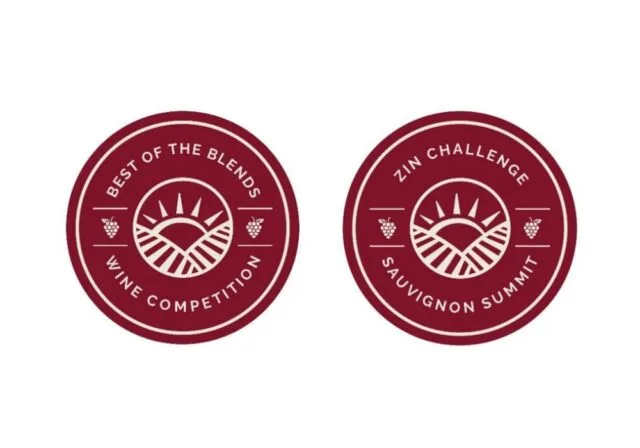The pioneers of California viticulture were the Mexican padres who, beginning in the late 1700s, planted grapes as they established missions up the coast of what was then known as Baja California. Their methodical march northwards in California and their dedication to planting vineyards for sacramental wine means that long before wine grapes were even imagined as crops in Napa or Sonoma, wine was most likely being made in Marin County at the Mission San Rafael Arcángel soon after it was established in 1817.
Today, a small band of winegrowers and winemakers are struggling to keep the tradition of winegrowing in Marin County alive, with only mixed success.
The vines at Mission San Rafael would be torn out within a couple of decades, as the padres found warmer sites in Sonoma for their beloved Mission grape. But their vineyards lasted long enough to inspire others, leading to more than 400 acres (162 ha) of vines in Marin County in the late 19th century just before the twin ravages of phylloxera and Prohibition wiped out Marin viticulture for more than 70 years.
Some vineyards were planted in Marin beginning in the 1970s, but almost none remain, aside from the old Pacheco ranch, from whose dry-farmed Cabernet Sauvignon the owners and a shrunken list of winery clients make a little wine.
Continue reading this article on JancisRobinson.Com
This article teases my monthly column at JancisRobinson.Com, which is available only to subscribers of her website. If you’re not familiar with the site, I urge you to give it a try. It’s only $13.99/mo or $134.99 a year, and well worth the cost, especially considering you basically get free, searchable access to the Oxford Companion to Wine ($65) and maps from the World Atlas of Wine ($50) as part of the subscription costs. Click here to sign up.
The post Marin – Potential Wasted? appeared first on Vinography.
This Article was originally published on Vinography






